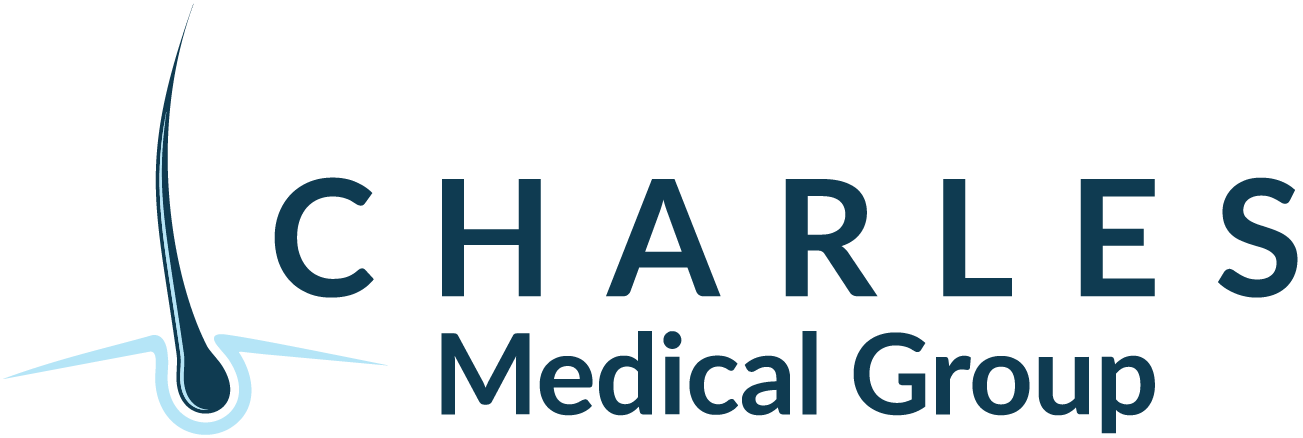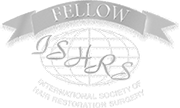Low-Level Laser Therapy (LLLT) for Hair Loss
Low-Level Laser Therapy (LLLT) has emerged as a groundbreaking, non-invasive treatment for hair loss, offering hope to those seeking alternatives to surgical hair restoration procedures. The Charles Medical Group, under the guidance of Dr. Glenn Charles, has been at the forefront of integrating this advanced technology into their repertoire of hair loss solutions. Let’s delve into the science, effectiveness, and patient experience of LLLT hair therapy.
The Science of Photobiomodulation in LLLT
At the heart of LLLT is a process known as photobiomodulation. This technique harnesses specific wavelengths of light to penetrate the scalp and stimulate cellular activity within the hair follicles. The light energy is absorbed by the cells, which in turn can enhance blood circulation, reduce inflammation, and encourage the hair follicles to enter and progress through the phases of the growth cycle.
LLLT for Hair Growth Stimulation
LLLT’s ability to stimulate hair growth hinges on its capacity to invigorate dormant hair follicles, potentially leading to increased hair density and strength. The therapy is designed to energize the hair follicles, promoting a shift from the resting phase (telogen) to the active growth phase (anagen), which can result in the thickening of miniaturized hairs. Patients undergoing LLLT often observe improvements in hair fullness and a reduction in the rate of hair shedding.
Patient Experience and Sessions
Charles Medical Group offers LLLT sessions that are convenient and pain-free, with treatments typically lasting just a few minutes. These sessions can be easily integrated into the patient’s routine, requiring no downtime. During LLLT treatments, patients can relax while the therapeutic light is applied to the scalp, a process that is both safe and comfortable.
Maintaining Scalp Health for Enhanced Results
To maximize the effectiveness of LLLT, Dr. Glenn Charles advises patients to maintain optimal scalp health. This includes a balanced diet rich in hair health-promoting nutrients, regular cleansing to prevent follicle-clogging buildups, and avoiding harsh chemical treatments that can damage hair and scalp.
Comparing LLLT to FUE and FUT
While LLLT offers a non-surgical approach to hair restoration, it’s important to compare it to surgical methods like Follicular Unit Extraction (FUE) and Follicular Unit Transplantation (FUT) offered at Charles Medical Group. FUE involves individual follicle extraction and transplantation, while FUT requires the removal of a strip of hair-bearing scalp. Both techniques provide more immediate and dramatic results compared to LLLT, which offers gradual improvement over time.
Ideal Candidates for LLLT
LLLT is particularly effective for individuals in the early stages of hair loss or those looking to maintain their current hair density. It acts as a valuable adjunct to other hair restoration treatments, potentially prolonging the results of surgical procedures or enhancing the effectiveness of medications like Minoxidil or Finasteride.
Success Stories from LLLT Patients
Patients at Charles Medical Group have experienced positive outcomes with LLLT, reporting satisfaction with the non-invasive nature of the treatment and the improvements in hair quality and density. These anecdotes serve as a testament to the potential benefits of incorporating LLLT into a comprehensive hair restoration plan.
LLLT in a Holistic Hair Restoration Approach
LLLT is a key component of a multifaceted strategy to combat hair loss. By combining LLLT with other treatments offered at Charles Medical Group, patients can enjoy a customized hair restoration plan tailored to their specific needs and goals.
In conclusion, Low-Level Laser Therapy represents a promising, non-surgical option for those battling hair loss. With its foundation in photobiomodulation, LLLT can rejuvenate hair follicles, enhance scalp health, and improve hair density. As part of the holistic hair restoration services provided by Charles Medical Group, LLLT stands as a testament to the evolving landscape of hair loss treatments, offering a blend of science, convenience, and patient-centered care.




